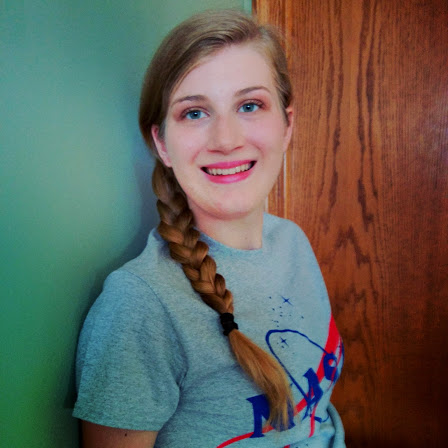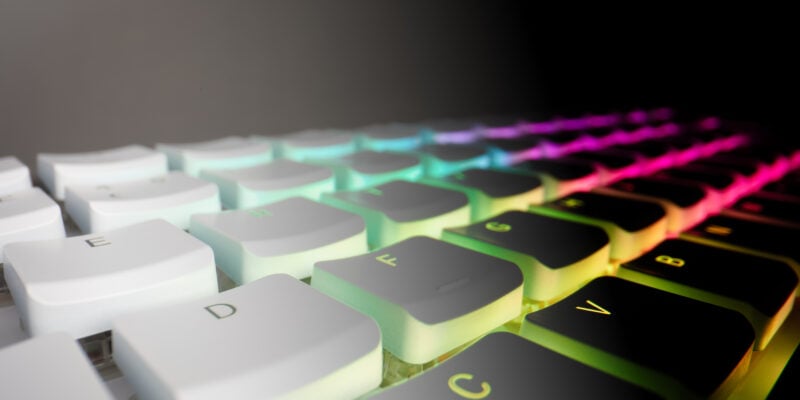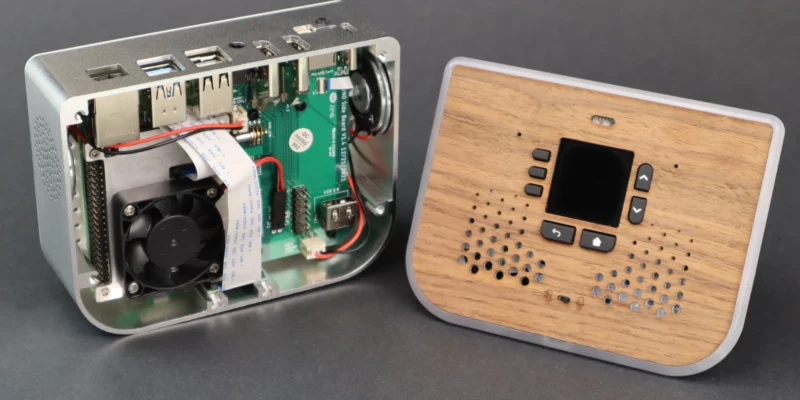NASA Boot Cuff Surface Imager
By Russell Barnes. Posted

When Lauren Egts spent time interning at NASA, she used a Raspberry Pi to put a moon camera on her foot
Advertisement
Christmas is coming – keep Santa on the right track with our Raspberry Pi gift guide!
Lauren Egts has spent the last three years interning for NASA, where she has worked on a range of quirky and exciting projects.
The BCSI (Boot Cuff Surface Imager) is her latest project. It uses a Raspberry Pi Camera Module and a gyroscope to take close-up photographs of the floor.
This project was written by Lucy Hattersley and appears in The MagPi 54.
This project is a modern take on a NASA device called the ALSCC (Apollo Lunar Surface Closeup Camera). This camera went all the way to the moon and back.
“The ALSCC was designed by Thomas Gold, a British scientist,” explains Lauren.
“[He] created it to view surface material from the moon. The images that the ALSCC brought back to Earth show what the surface of the moon looks like from eleven inches up. This is about the equivalent of an Apollo astronaut putting his faceplate to the lunar surface and looking at it.”
NASA don’t want close-ups of the moon’s soil for the fun of it, says Lauren: “It was used to discover more information about the moon’s surface and structure. These are things that lunar soil brought back to Earth can’t show because it has been disturbed.
“The ALSCC had a right and left lens that took a picture at the same time and from those 2D pairs of images, scientists back on Earth were able to create 3D pictures of the moon’s surface.”
The 3D effect enabled scientists to analyse the surface of the moon back on Earth.
Building the BCSI at NASA

“The concept of BCSI is very similar to ALSCC,” says Lauren. “They both take up-close pictures of soil.”
Thanks to modern components, the BCSI is much smaller than the ALSCC. And smart components like the Raspberry Pi automate the process of taking photographs.
“The BCSI is meant to sit on the ankle of an astronaut’s boot,” explains Lauren. It automatically detects deceleration with a gyroscope each time an astronaut takes a step. “Once deceleration is detected, the program that runs on the Raspberry Pi triggers the Camera Module.
“Of course, on the moon or Mars, there wouldn’t be as much gravity, so the trigger value to take a picture would be much different,” she reveals. “But through testing I’ve determined a consistent value that returns clear pictures.”
Working for NASA

Lauren worked hard to get her NASA internship. “I met my mentor, Herb Schilling, at a Mini Maker Faire where I was presenting on Scratch,” says Lauren. “He invited me to come shadow him at his lab at NASA for a day.”
After the shadow, he invited her to intern at the lab for a few weeks that summer; she came back the next summer and the next.
“A friend of my mentor had heard about the ALSCC and thought that it would be interesting to create a modern version of it,” recalls Lauren.
“I had a good idea of what I wanted the design to look like. I decided to sacrifice a pair of socks to science and use them to create the next version of BCSI. The sock prototype was much more robust but couldn’t be used in the field, so I ended up getting an off-the-shelf pair of rainboots and attaching the BCSI to one of them.”
Lauren tells us that working at NASA is a lot of fun. “I think my favourite part of the lab is the people. We range in age from high schoolers to graduate students, but we all have one thing in common: we love technology.”

Russell runs Raspberry Pi Press, which includes The MagPi, Hello World, HackSpace magazine, and book projects. He’s a massive sci-fi bore.
Subscribe to Raspberry Pi Official Magazine
Save up to 37% off the cover price and get a FREE Raspberry Pi Pico 2 W with a subscription to Raspberry Pi Official Magazine.
More articles

Christmas Gift Guide in Raspberry Pi Official Magazine 160
There’s a ton of great stuff in issue 160, including the incredible motion scanner, inspired by the film Aliens. It’s beautiful, it uses Raspberry Pi technology and makes a satisfying ping sound, and the best thing about it is that it actually works, thanks to a DreamHAT+ radar board. Yes, you too can join the […]
Read more →

Win a Raspberry Pi 500+ and Raspberry Pi Monitor!
Fancy getting the most powerful Raspberry Pi desktop setup? Raspberry Pi 500+ and Raspberry Pi monitor pair perfectly together for a portable – and fixed – desktop computer, powered by Raspberry Pi. We have a set to give away, and you can enter below. A Raspberry Pi 500+ & Raspberry Pi Monitor
Read more →

All right all right!! Artificial Intelligence, Hollywood style
When we get AI right, odds on it’ll be thanks to small firms, motivated individuals, and Raspberry Pi
Read more →
Sign up to the newsletter
Get every issue delivered directly to your inbox and keep up to date with the latest news, offers, events, and more.
